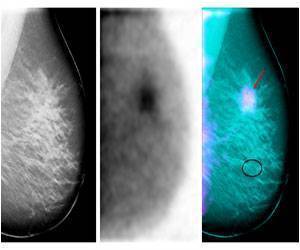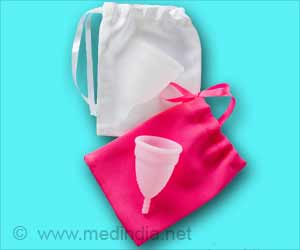Tissue-based planning systems appear superior to approaches relying more on the patient's or surgeon's preference.

‘Breast tissue measurements are used to set "clear and narrow boundaries" for implant selection based on clinical guidelines, with limited to no flexibility.’





Tissue-based planning systems--using clinical guidelines to determine the optimal breast implant dimensions for individual patients--appear superior to approaches relying more on the patient's or surgeon's preference, according to the study by Drs. William P. Adams, Jr., of University of Texas Southwestern Medical Center, Dallas, and Daniel McKee of McMaster University, Hamilton, Ont., Canada. But further studies will be needed to clarify how breast implant size selection systems affect the outcomes of breast augmentation. 'Tissue-Based Planning' Seems Best--But Evidence Is Limited
The researchers performed a "data-driven review" of methods used by plastic surgeons to select the appropriate implant size for breast augmentation surgery. Breast augmentation is the most popular cosmetic plastic surgery procedure in the United States, with nearly 280,000 procedures performed in 2015, according to ASPS statistics.
Implant size selection systems were divided into three groups:
No breast measurements. Implants are chosen based solely on the patient's or surgeon's preference. Dimensional analysis systems. Implants are chosen in order to establish a desired result, with measurements performed to determine the implant needed to achieve that result.
Advertisement
The review identified 33 articles on implant sizing systems. Studies evaluating TBP sizing systems were of higher quality than those in the other two categories.
Advertisement
The researchers emphasize some major limitations of the available evidence on implant sizing systems. Just four out of 33 studies reported clinical outcomes that could be compared to any standard, while none of the studies compared two or more sizing systems. Overall, 60 percent of studies scored zero on the quality rating scale used--including some popular sizing systems that were "not grounded on any published data or evidence."
The topic of implant selection can be an emotional one, with tension between the plastic surgeon's roles as "Artist" versus "Engineer." The researchers note that some TBP systems with the highest quality of evidence take a "middle-of-the-road" approach--based on measurements, but also considering the patient's aesthetic desires.
Based on their data, Drs. Adams and McKee are evaluating a new "implant-specific" TBP system designed to guide the surgeon to a selection of manufactured implant styles and models. "Going forward," they write, "new published systems should [use] rigorous quantitative methods so that comparisons can be made in terms of patient outcomes."
Source-Eurekalert









